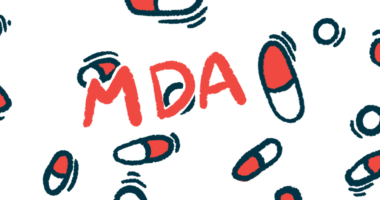FDA Grants Priority Review to Reata’s Omaveloxolone Oral Therapy

The U.S. Food and Drug Administration (FDA) has granted priority review to Reata Pharmaceuticals’ omaveloxolone, an investigational once-daily oral therapy for Friedreich’s ataxia.
If approved, omaveloxolone would become the first therapy available for the treatment of the disease in the U.S.
The decision comes following the company rounding off of its rolling submission of a new drug application (NDA) seeking U.S. approval of omaveloxolone.
A rolling submission means the company can submit portions of its application for review as soon as they are ready, rather than waiting until every portion is finished before the entire application can be reviewed.
A priority review means that the FDA intends to take action on the application within eight months, which would shorten the review time by up to about four months from the standard one year. A decision is expected on Nov. 30.
The agency indicated it is planning on an advisory committee meeting to discuss the application.
“We are pleased with the FDA’s decision to grant Priority Review to our NDA for omaveloxolone for the treatment of patients with Friedreich’s ataxia in the United States,” Warren Huff, chairman and CEO at Reata, said in a press release.
“We look forward to working with the FDA during the review process, and if approved, we are looking forward to a commercial launch in early 2023,” Huff added.
Patients with Friedreich’s ataxia do not make enough frataxin, a protein that controls the amount of iron present in mitochondria (the small structures inside cells responsible for making energy). As a result, iron builds up inside the cells, which in turn results in the production of toxic forms of oxygen that trigger damage.
Also known as RTA 408, omaveloxolone is expected to work by activating a protein called Nrf2, which helps restore the function of poorly working mitochondria. The protein also protects cells against the toxic forms of oxygen and helps end the inflammation that occurs in response to damage.
Through these actions, omaveloxolone is expected to reduce the symptoms of Friedreich’s ataxia.
“With the FDA’s acceptance of our NDA for filing, omaveloxolone is now one step closer to potentially providing a treatment option for patients with Friedreich’s ataxia, a rare, genetic, debilitating, and degenerative neuromuscular disorder with no approved therapies,” Huff said.
Omaveloxolone was granted the FDA’s fast track designation, intended to speed up its development. The therapy also received orphan drug designation for Friedreich’s ataxia in the U.S. and Europe.







